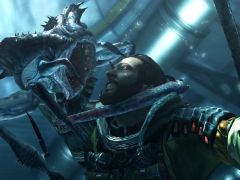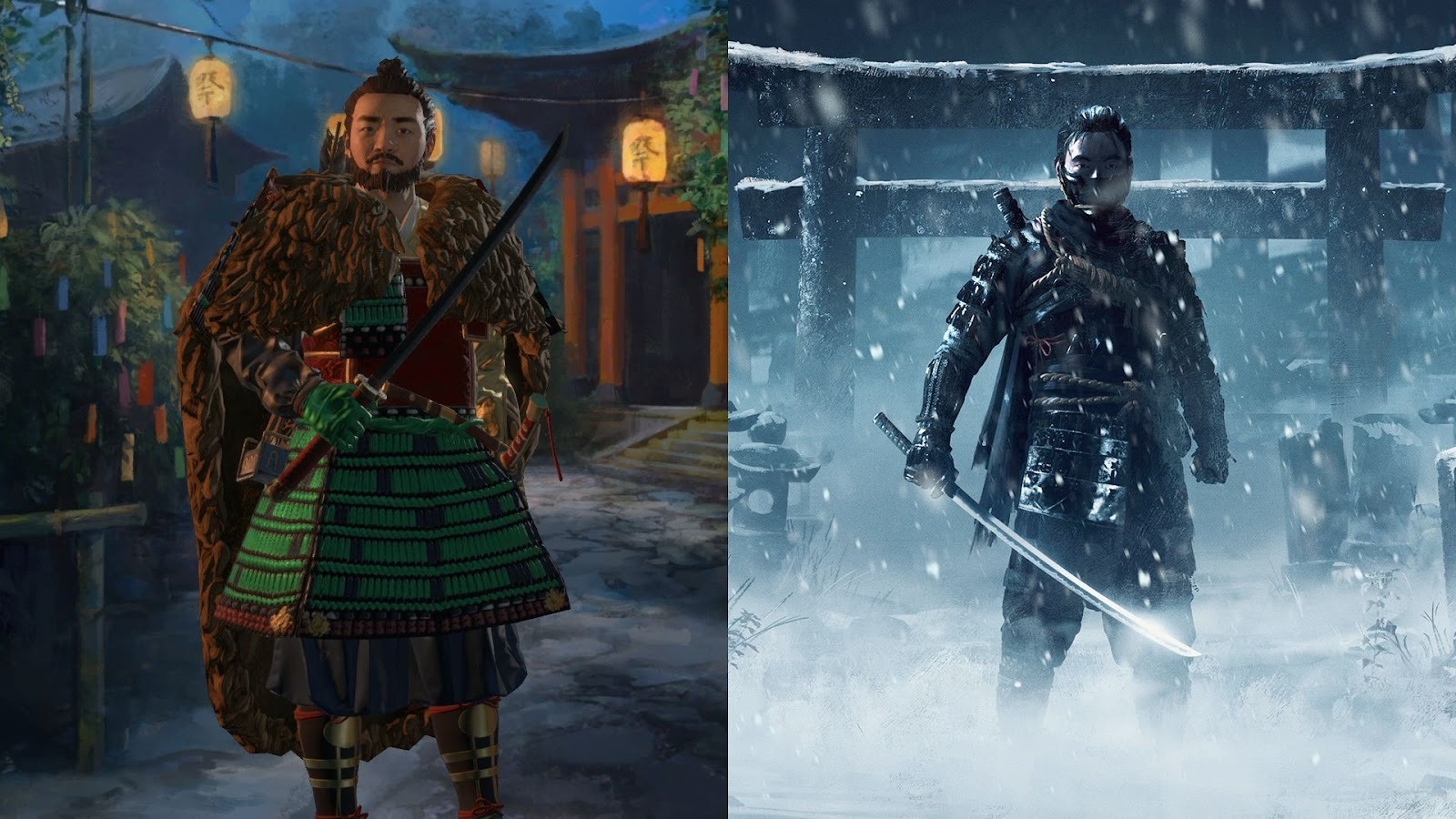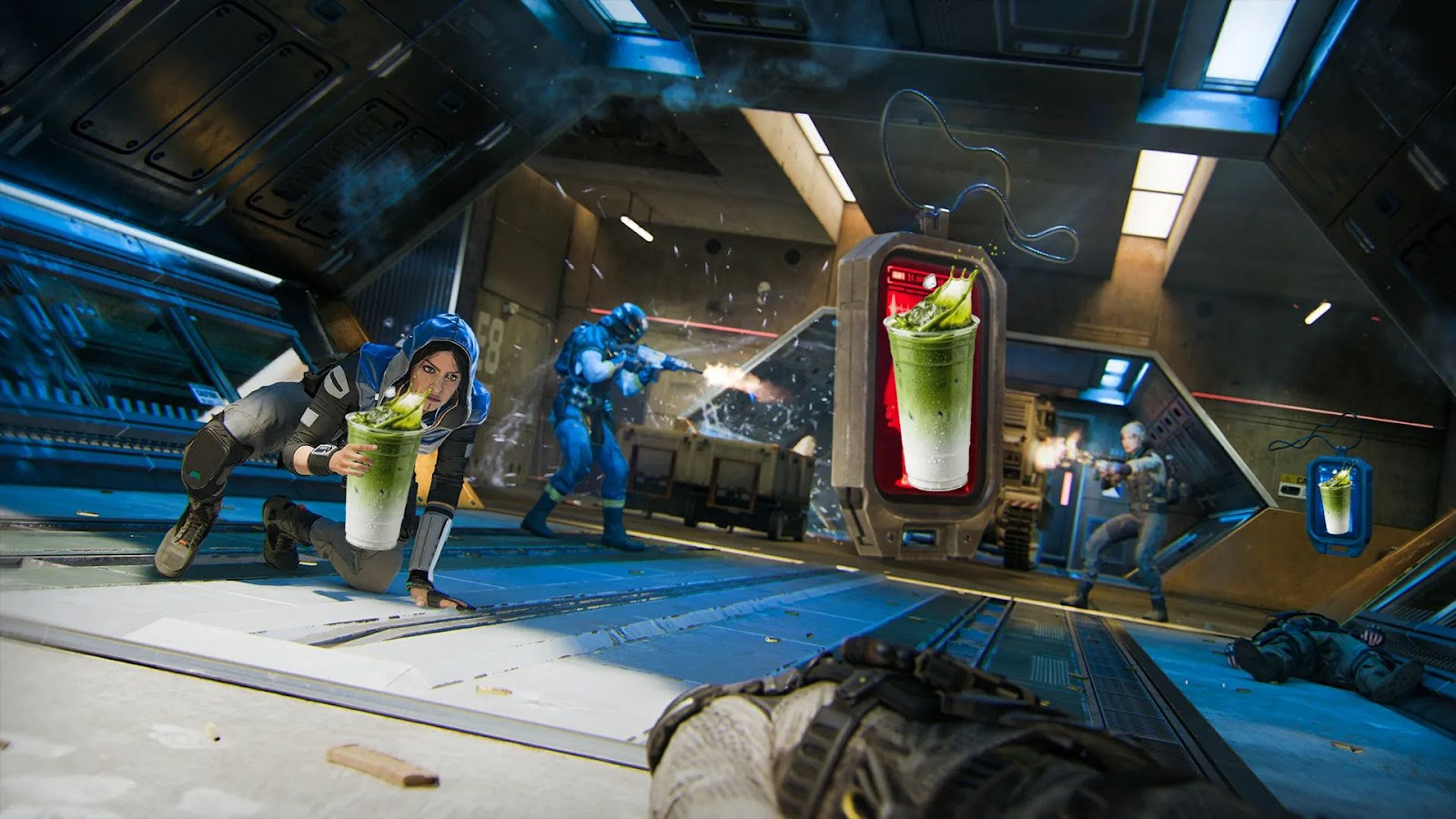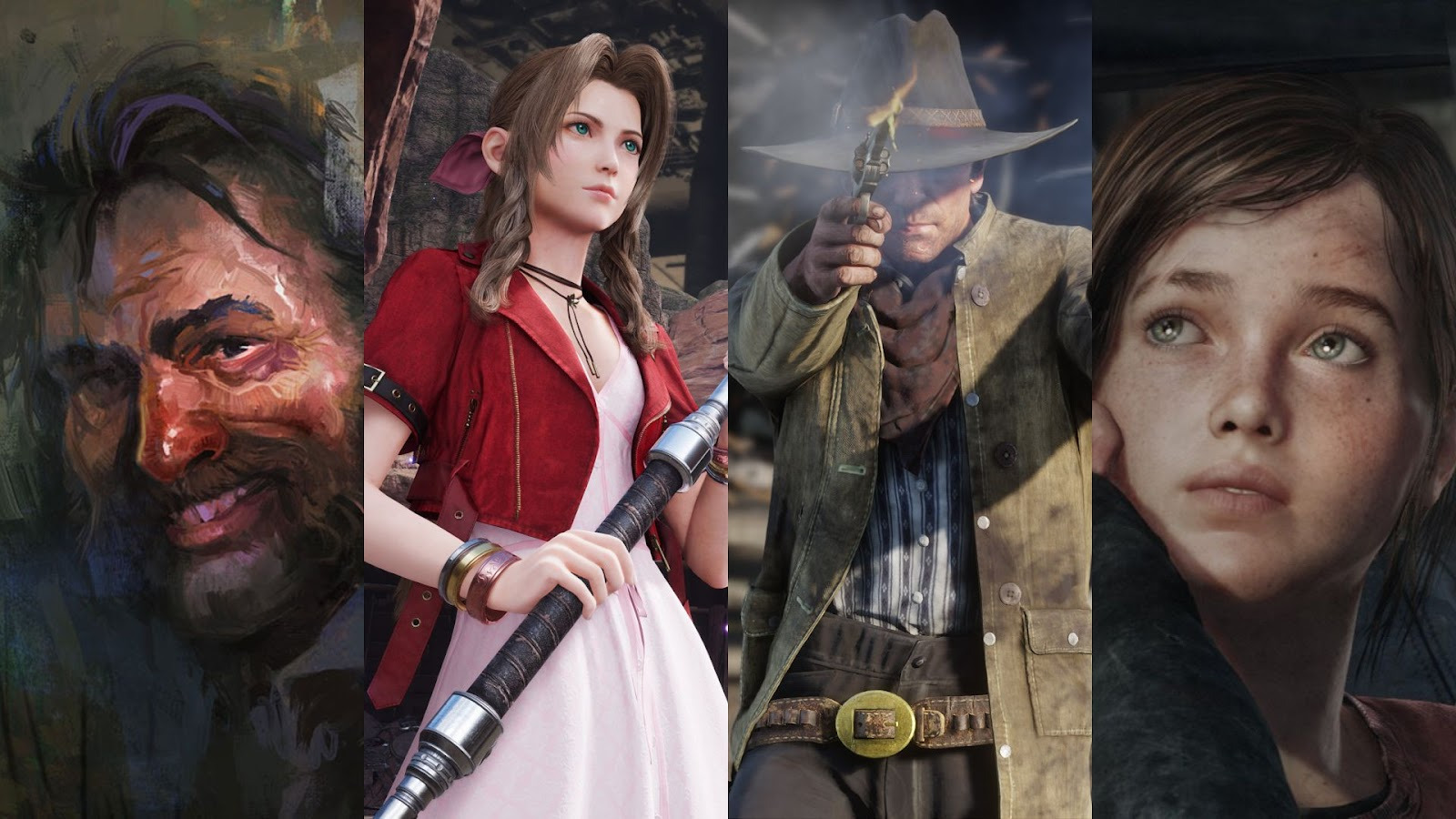You can trust VideoGamer. Our team of gaming experts spend hours testing and reviewing the latest games, to ensure you're reading the most comprehensive guide possible. Rest assured, all imagery and advice is unique and original. Check out how we test and review games here
Lost Planet 3 is one of the most ambitious 5/10 games I’ve encountered in a very long time. As disappointing as it all turned out to be, there’s no denying the team at Spark Unlimited had pretty lofty goals, what with a story that centred on engineer Jim Peyton’s dangerous drilling missions on E.D.N. III and the role the planet’s vital resource T-ENG could play in the survival of Earth.
Add in some clearly intended-to-be-emotional video blogs sent back and forth between Jim and his wife, a colony left to die, issues over what is worth sacrificing for the greater good, and an overarching sub-plot on working with the natural environment rather than destroying it, and this had the potential to be a heavy hitter. Sadly either Spark couldn’t handle it or the development budget wasn’t there.
Jim has a base on E.D.N. III that acts as the game’s hub, giving Lost Planet 3 a sense of exploration as you head off for missions in your mech, but because side missions are so dull this base essentially serves as a clumsy, time-consuming shop for weapons and rig upgrades. It’s like driving 50 miles to a massive supermarket when you could simply pop online and get it all done in moments.
The world is large but broken up by loading screens, and travelling is so slow inside your cumbersome exoskeleton that it comes as a massive relief when a fast travel option is offered a few hours in – a sign that even the developers grew tired of plodding around. A true open-world with a real need for mining the natural resources was most probably the original goal, but what we got was a world that felt like a lot of small sets pieced together. Mining was then placed on top as a reason for the rig being so devoid of interesting and fun tools.
At one point your mech is given a blowtorch upgrade and for a few minutes I was hopeful it would act as a flamethrower, able to wipe out pesky Akrid. It doesn’t do anything of the sort, and is only used for actual welding. Hell, towards the end of the overly long adventure an NPC even asks, “Is that your contraption? How come there are no weapons on it?” Keeping the massive mechanical rig as a drilling machine might be realistic in the scenario the game is presenting, but realism shouldn’t come at the detriment to fun. A one-man portable drilling platform might sound entertaining to engineering geeks, but a machine gun and rocket launcher would have pleased far more people.
Melee combat in the mech is slow and tedious, and unless you get very good at countering with a right-arm block it’s far too easy to find yourself ejected while the machine recovers. Shooting a hail of bullets might not be cerebral, but it’s a whole lot more entertaining than slugging it out with beasties and fumbling around with grappling hooks and drills. Some credit must go to Spark for not taking the easy route with this element of thee combat, but the user experience should always come first.
Nods are clearly made to Aliens throughout Lost Planet 3, but there’s no true sense of terror. Hidden enemies nudge objects and bump around in order to elicit cheap scares, but it’s never more than that. Just like the half-baked world you’re able to ‘explore’, the horror elements here feel under-developed.
These ‘horrific’ encounters are meant to build Jim’s character, which we see change over the course of the aforementioned numerous video messages sent to his wife, but they are simply asides from the main experience. The very best storytelling in video games comes when it’s woven into the main narrative, not thrown at you during cutscenes. A picture of Jim’s wife inside the mech’s cockpit is a nice touch, as is a selection of his favourite music, but this doesn’t make a believable character.
On paper Lost Planet 3 has it all, but drill down into each key component and nothing is as well developed as it needs to be. A kiss between Jim and his wife towards the end of the game, shown in full polygonal glory, sums this up perfectly. The ideas are great, but as the awkward joining of virtual mouths and tongues shows, the implementation is leagues away from what the big boys are able to achieve.
Lost Planet 3
- Platform(s): PC, PlayStation 3, Xbox 360, Xbox One
- Genre(s): Action, Shooter

/https://oimg.videogamer.com/images/87da/lost_planet_3_60.jpg)






